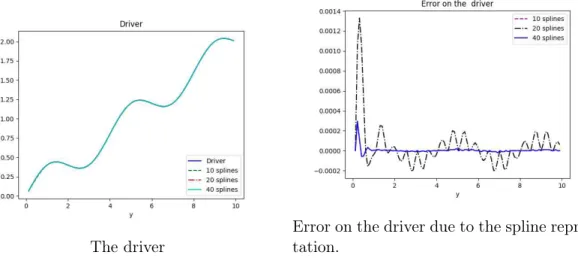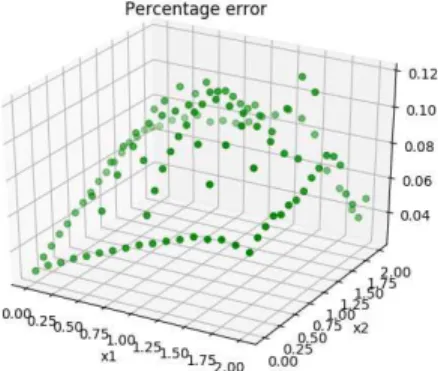Numerical approximation of BSDEs using local polynomial drivers and branching processes
Texte intégral
Figure
![Figure 1: A typical simulated path of the branching diffusion starting from π/2 on [0, 3]](https://thumb-eu.123doks.com/thumbv2/123doknet/2661320.60489/16.918.247.671.195.448/figure-typical-simulated-path-branching-diffusion-starting-p.webp)
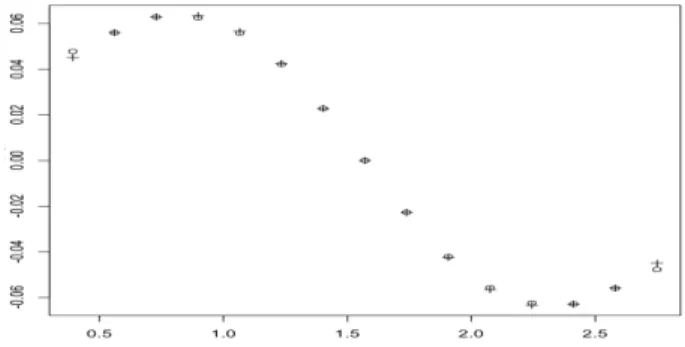
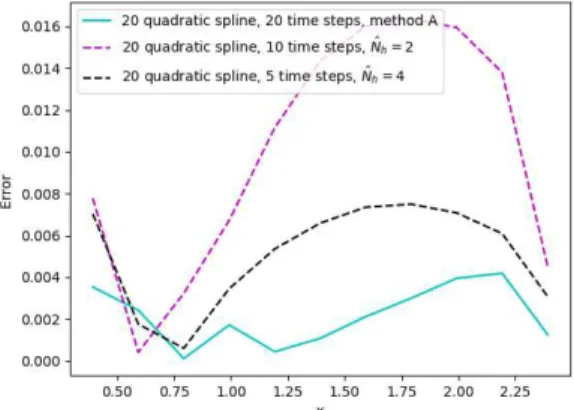
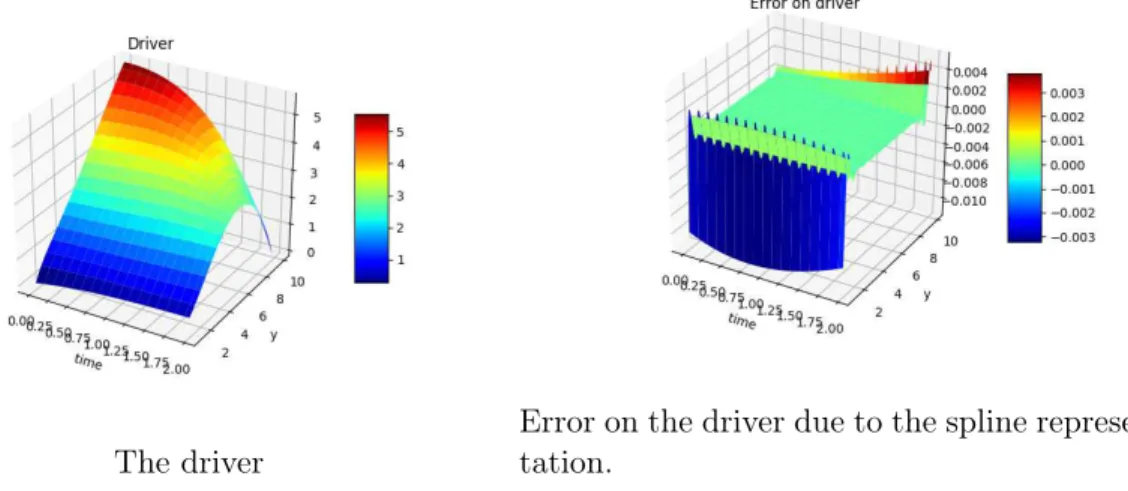
Documents relatifs
tributions, the work of Kasahara [7], where the author obtains a weak limit for the normalized difference between the number of times that the reflected Brownian motion crosses
f is a finite tensorial product of spatial and temporal functions, then sharper bounds can be obtained by solving a set of independent coarse and low-order conforming approximations
Weak convergence of the integrated number of level crossings to the local time for Wiener processes.. Corinne Berzin-Joseph,
The mucosal predominance of this antibody isotype depends on a cooperation between local plasma cells that produce polymeric IgA (pIgA) and mucosal epithe- lial cells that express
A numerical study of indoor air quality in a ventilated room using different strategies of ventilation.. The URANS equations supplemented with energy and concentration equations
Then, in Section 3, we study the asymptotic behavior of the empirical measure: first, in Section 3.1, we give our result on the ergodicity of the auxiliary process, then, in
The objective of this paper is then to apply the method proposed herein to estimate the amplitude and frequency modulations (AM/FM) of seismic vibration signals
On Figure 10 and 11, we give, in percentage, the error obtained when using cubic and quadratic splines for different discretizations.. Figure 10: Cubic

